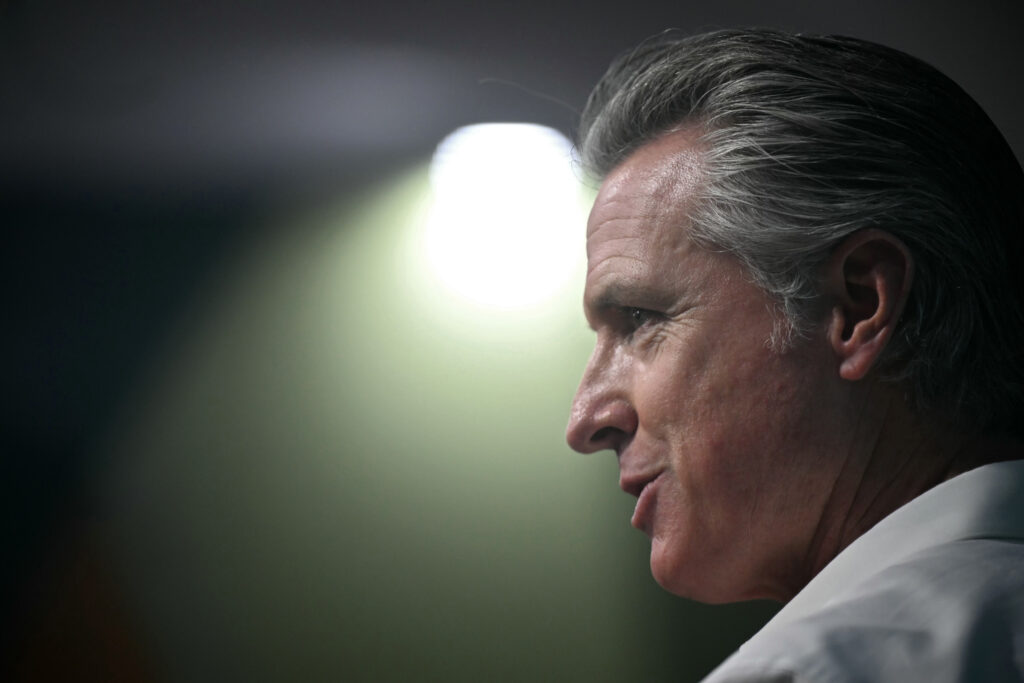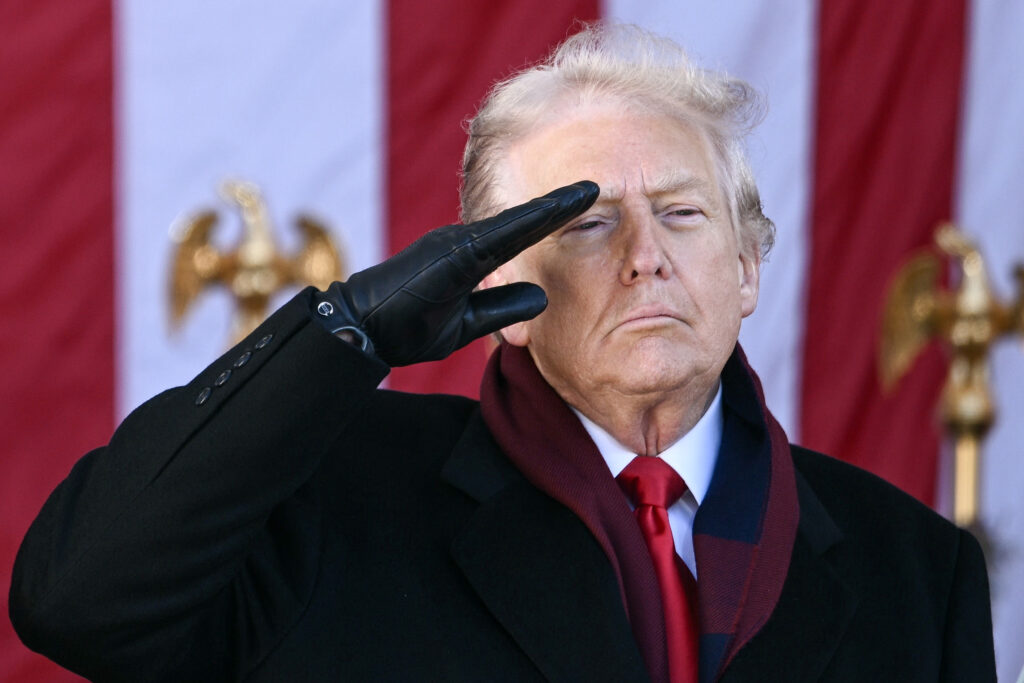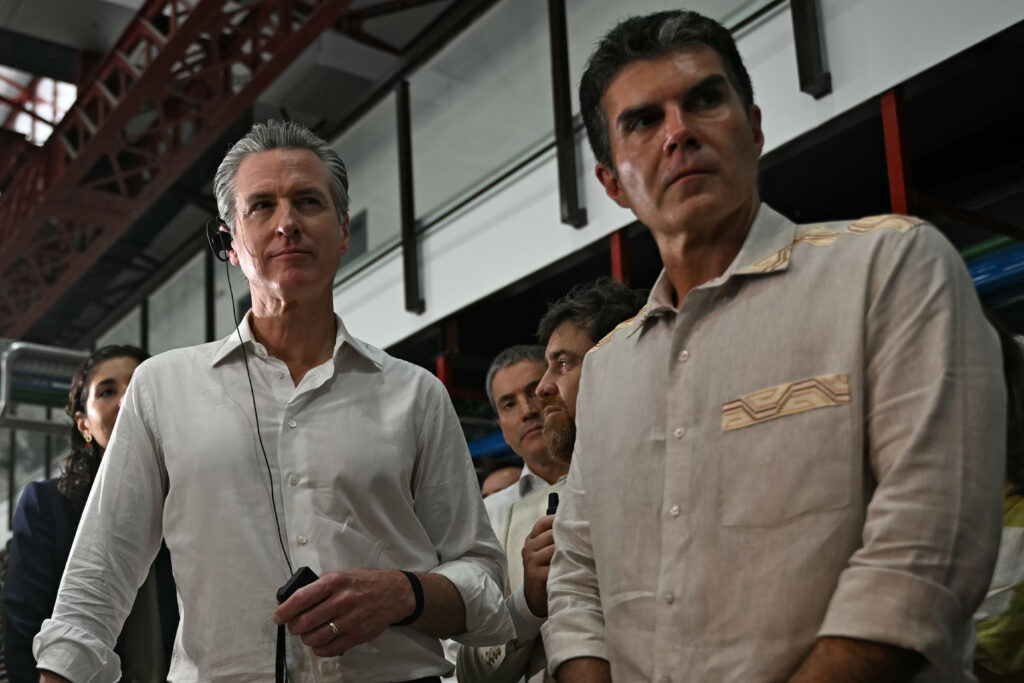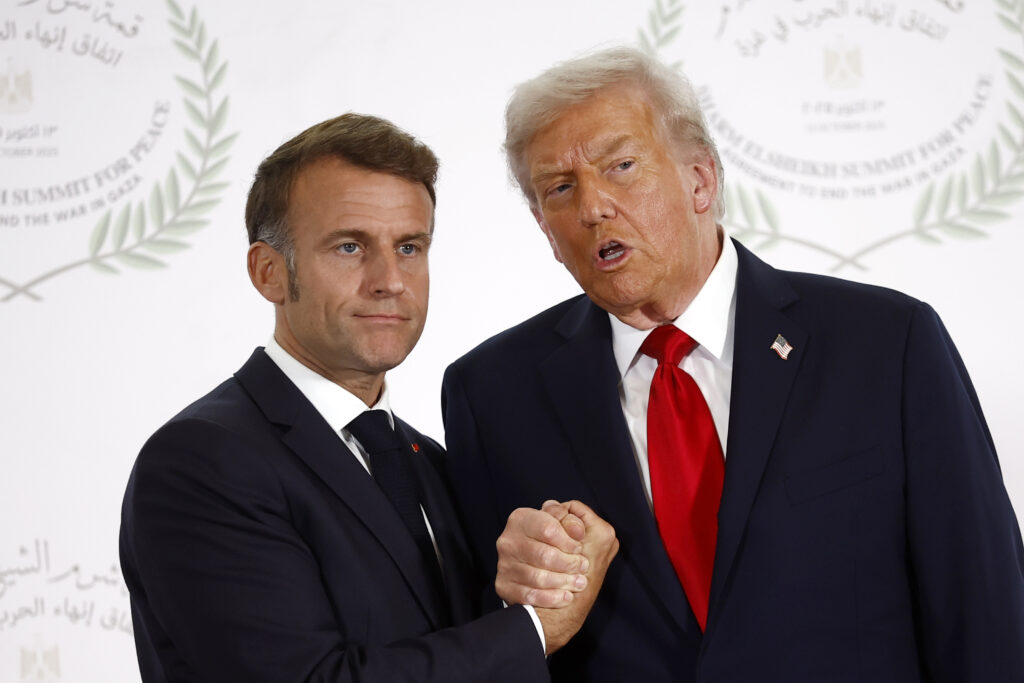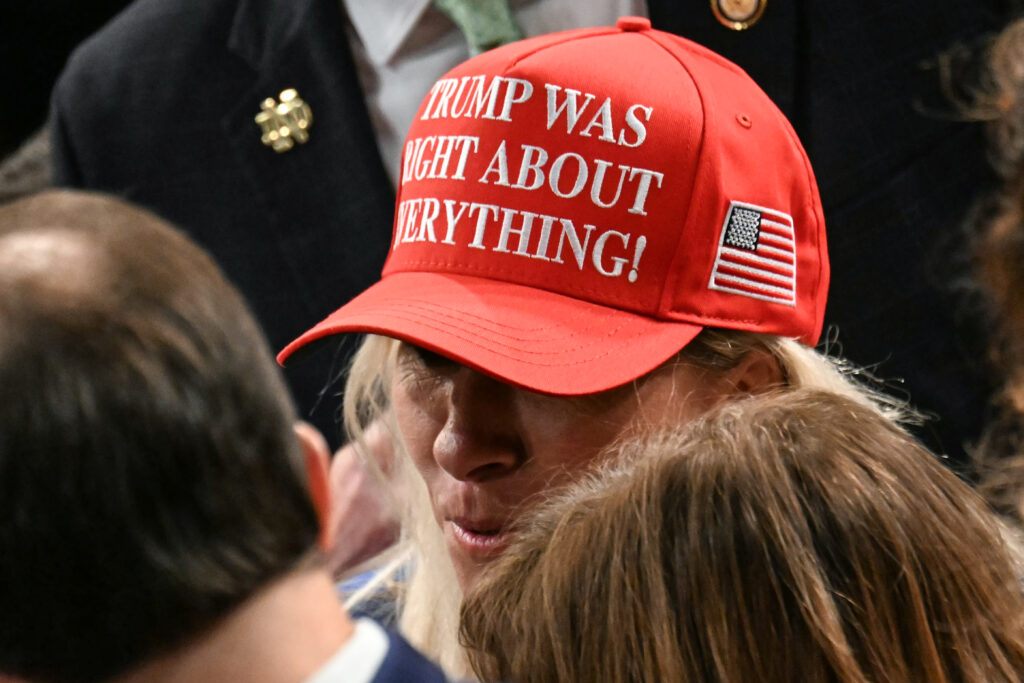‘Trump is temporary’: California governor Newsom seizes COP30 spotlight
With US President Donald Trump skipping the UN’s climate summit in the Amazon, California Governor Gavin Newsom grabbed the spotlight Tuesday and unleashed a barrage of attacks on the fossil fuel agenda of his political nemesis.The well-coiffed Democrat — seen as a potential 2028 presidential candidate — blasted Trump for twice leaving the Paris climate accord and for “doubling down on stupid” through his support of Big Oil.Newsom said a future Democratic administration would rejoin the Paris Agreement “without hesitation.””It’s a moral commitment, it’s an economic imperative,” Newsom said in response to a question by AFP in Belem, the Brazilian Amazon city in northern Para state hosting the climate summit known as COP30.It is “an abomination that he has twice, not once, pulled away from the accords.”After returning to office in January, Trump withdrew the United States from the landmark Paris deal for a second time — the first was during his first term — and he has sneered at the idea of human-caused planetary warming, calling it a “con job.”Newsom’s first appearance of the day came alongside Helder Barbalho, governor of Para, where he touted California’s green credentials between bites of tropical fruit and sips of acai juice — noting that the Golden State, the world’s fourth-largest economy, is now two-thirds powered by renewables.He then launched into a whirlwind of meetings and press events with officials from Germany’s Baden-Wurttemberg state, Brazil’s minister for Indigenous Peoples and the Brazilian president of COP30 — all the while trailed by large media scrums normally reserved for national leaders. – Not part of negotiations -Still, there are limits. Regional leaders have no part of official negotiations at COP30, which opened Monday with urgent calls to stay the course on climate action.New Mexico Governor Michelle Lujan Grisham, who also attended events Tuesday, acknowledged these constraints.”Certainly our meetings with leaders at the UN and others was to demonstrate that we’re interested in any possibility that does more about that direct negotiation and representation,” she said. Her aim in coming, she added, was to show that “when the federal government leans in, we do more, and when they lean out, we do more. It’s both.”But Christiana Figueres, an architect of the Paris agreement, said the summit was better off without Trump’s government showing up.”I actually think it is a good thing,” she said, suggesting that while the United States may work behind the scenes with petrostates including Saudi Arabia, “they can not take the floor” and directly bully other nations. – ‘Trump is temporary’ -Even without a seat at the table, US states and cities have concrete power.A recent analysis by the University of Maryland found that if these governments ramp up their efforts — and a climate-friendly president is elected in 2028 — US emissions could fall by well over 50 percent by 2035, approaching the 61-66 percent reduction targeted by Biden’s administration.”The president can’t throw a switch and turn everything off — that’s not how our system works,” Nate Hultman, who led the report, told AFP.The market-driven green shift remains a strong factor including in US states with climate-hostile leadership, like Texas, the country’s renewable energy generation leader last year, added Hultman, who previously worked for Democratic presidents.Even so there are questions over how far state-level action can go without federal support. Trump’s Republicans recently passed a law bringing an early end to clean energy tax credits, seen as a potentially crippling blow to the renewable sector. Beyond pushing for more drilling at home and declaring war on green energy, Trump’s administration recently torpedoed international efforts to impose a carbon tax on shipping by vowing reprisals against countries that backed the plan.Newsom urged nations to hold firm against further intimidation efforts, saying it was vital to remember “Trump is temporary” and that “you stand up to a bully.”
